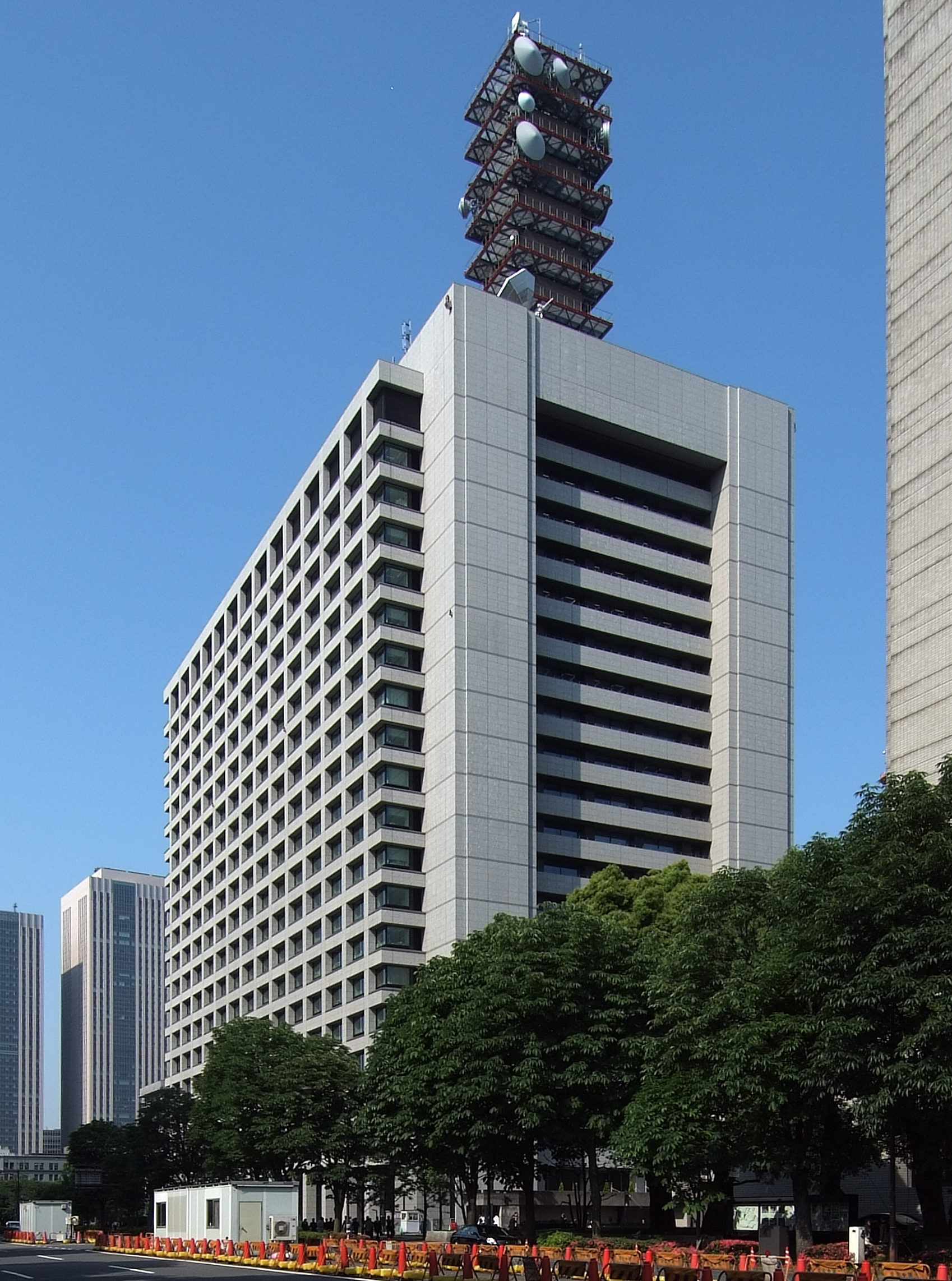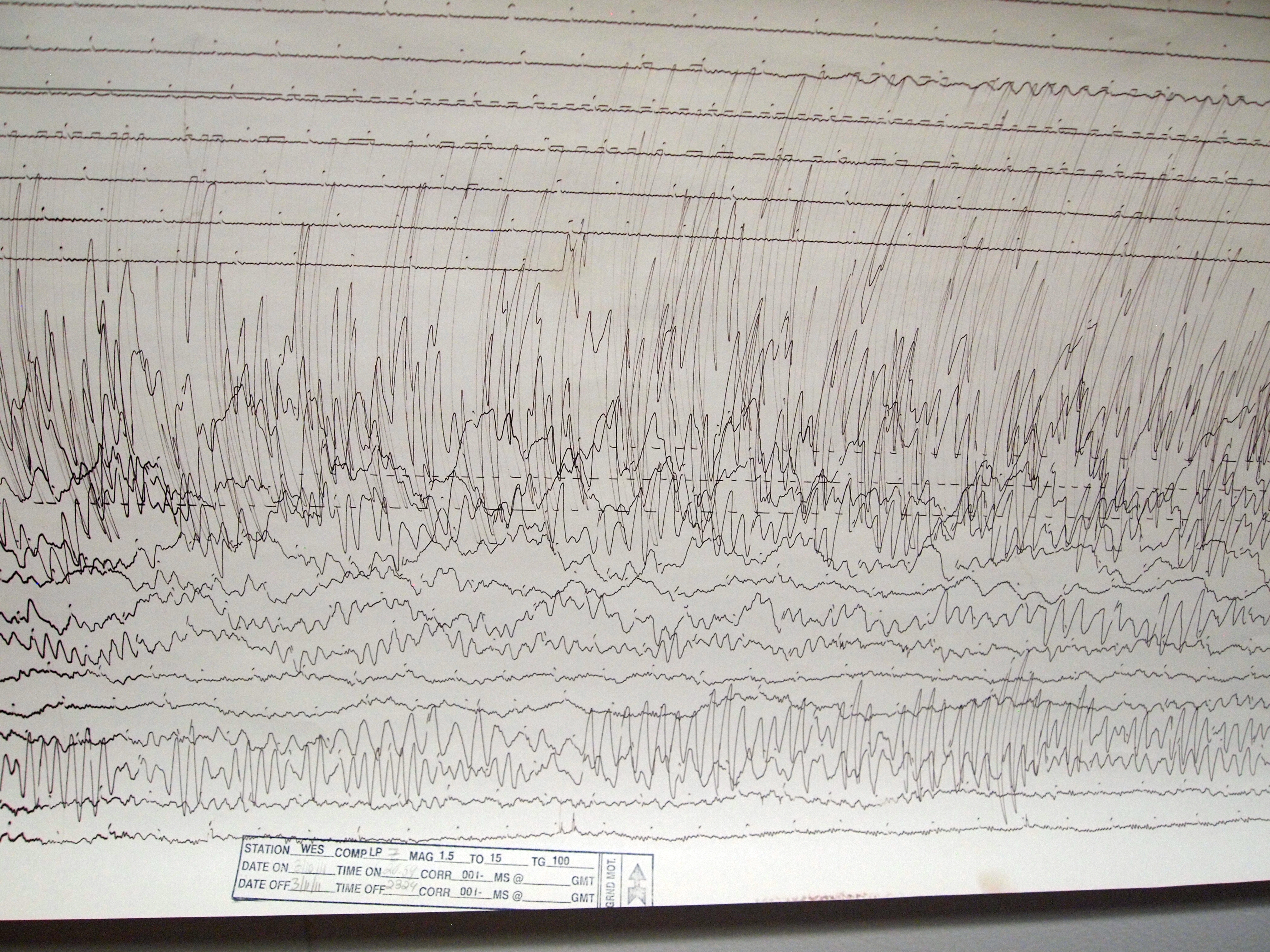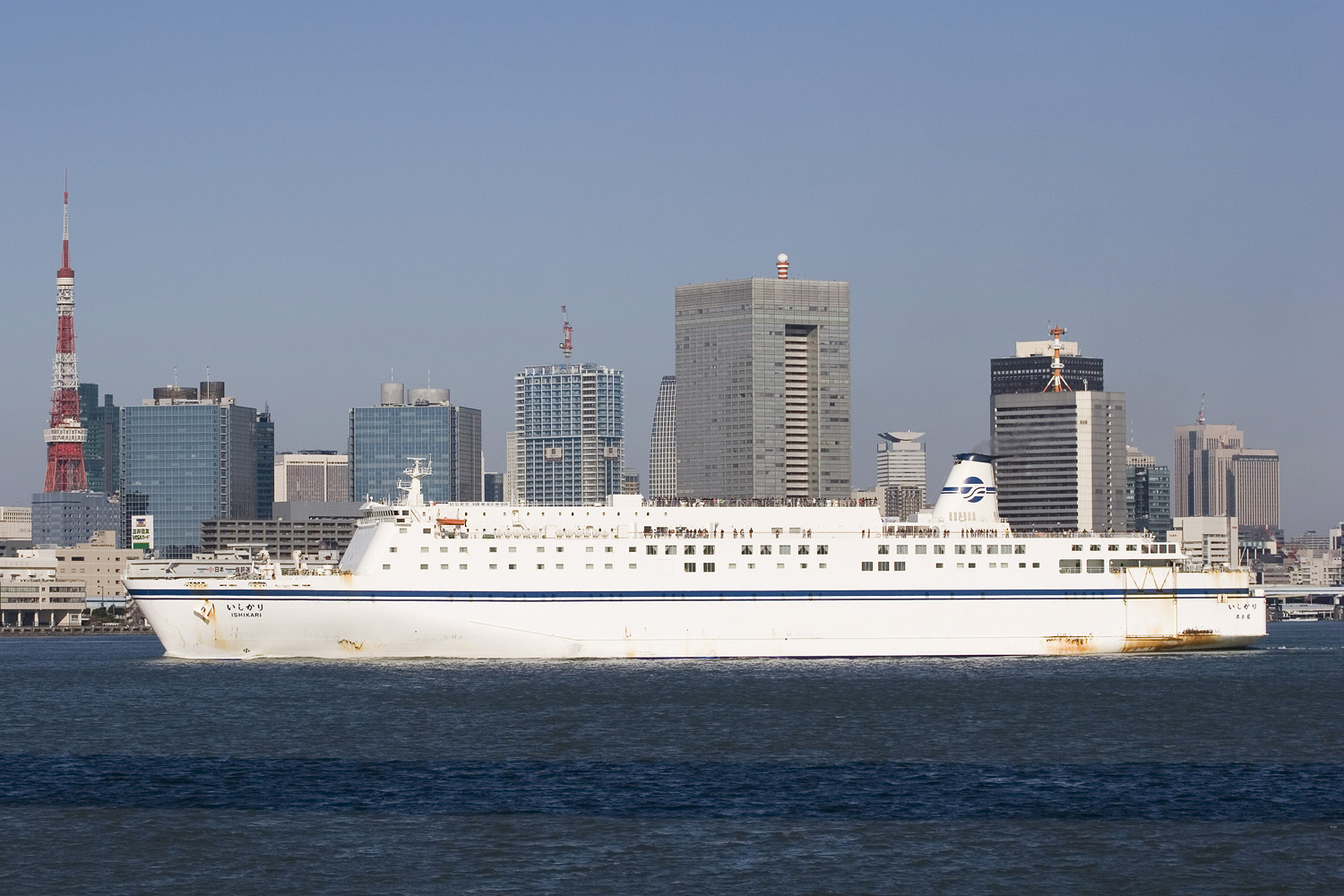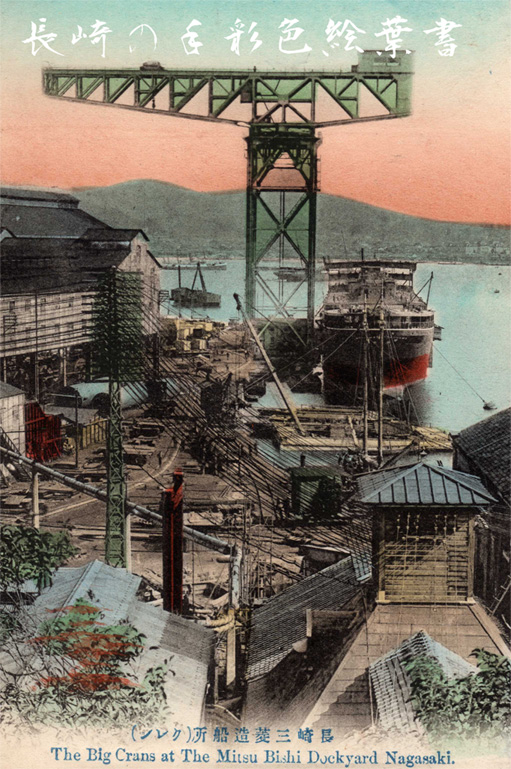|
Taiheiyō Ferry
The is a privately-owned cruiseferry operator connecting Nagoya, Sendai, and Tomakomai, Hokkaido, Tomakomai in Japan. It is a subsidiary of the Nagoya-based Meitetsu Group, a group of companies that focuses primarily on rail transport in the Chūkyō metropolitan area. History The Taiheiyō Ferry was first founded as the in 1970, operating a line between Nagoya and Ōita (city), Ōita City with the ''Arkas'', with a stop at Nachikatsuura, Nachikatsuura, Wakayama added in May 3rd, 1975. The current route between Nagoya, Sendai, and Tomakomai soon began in 1973. In 1982, the Meitetsu Group acquired the Taiheiyō Enkai Ferry and renamed it to its current name. Routes The Taiheiyō Ferry operates a single regular route between Nagoya, Sendai, and Tomakomai. Ships operate every day between Sendai and Tomakomai, and every other day between Nagoya and Sendai. Out of the three ships the company operates, only the ''Kiso'' and ''Ishikari'' stop at Nagoya. The company also operate ... [...More Info...] [...Related Items...] OR: [Wikipedia] [Google] [Baidu] |
Meiko Nishi Ohashi Roadway Bridges
The Meiko Nishi Ohashi roadway bridges are two cable-stayed bridges, completed in 1985 and 1997, crossing the port of Nagoya is the largest city in the Chūbu region, the fourth-most populous city and third most populous urban area in Japan, with a population of 2.3million in 2020. Located on the Pacific coast in central Honshu, it is the capital and the most pop ... in Japan. Their pylons are A-shaped and painted bright red. References Cable-stayed bridges in Japan Transport in Nagoya Bridges completed in 1985 Bridges completed in 1997 Buildings and structures in Nagoya 1985 establishments in Japan 1997 establishments in Japan {{Japan-bridge-struct-stub ... [...More Info...] [...Related Items...] OR: [Wikipedia] [Google] [Baidu] |
Ishikari River
The , at long, is the third longest in Japan and the longest in Hokkaidō. The river drains an area of , making it the second largest in Japan, with a total discharge of around per year. It originates from Mount Ishikari in the Daisetsuzan Volcanic Group and flows through Asahikawa and Sapporo. Major tributaries of the river include the Chūbetsu, Uryū, Sorachi and Toyohira rivers. Until 40,000 years ago, it flowed into the Pacific Ocean near Tomakomai. Lava from the volcanic Shikotsu mountains dammed the river and moved its mouth to the Ishikari Bay. The name of the river is derived from the Ainu for "make(s) itself go round about something" (''i-si-kari'' < ''kari'' meaning "(to be a) circle, round, loop; spin, turn, go around, go back and forth," ''si-'' "reflexive prefix, itself, oneself," and ''i-'' "it, something, an impersonal third person object marking prefix, middle voice inflection prefix), ''i.e.'' "winding (river)." As it suggests, the river once meandered ... [...More Info...] [...Related Items...] OR: [Wikipedia] [Google] [Baidu] |
Ministry Of Land, Infrastructure, Transport And Tourism
The , abbreviated MLIT, is a ministry of the Japanese government.国土交通省設置法 , Ministry of Internal Affairs and Communications. It is responsible for one-third of all the laws and orders in Japan, and is the largest Japanese ministry in terms of employees, as well as the second-largest executive agency of the Japanese government after the Ministry of Defense (Japan), Ministry of Defense. The ministry oversees four external agencies including the Japan Coast Guard and the Japan Tourism Agency. Overview In order to accomplish the tasks set forth in Article 3 of the Ministry of Land, Infrastructure, Transport and Tourism Act, the following should be considered: national land planning, cities, roads, buildings, houses, rivers, ports, government maintenance, national land surveying, transp ...[...More Info...] [...Related Items...] OR: [Wikipedia] [Google] [Baidu] |
2011 Tōhoku Earthquake And Tsunami
The occurred at 14:46 JST (05:46 UTC) on 11 March. The magnitude 9.0–9.1 (M) undersea megathrust earthquake had an epicenter in the Pacific Ocean, east of the Oshika Peninsula of the Tōhoku region, and lasted approximately six minutes, causing a tsunami. It is sometimes known in Japan as the , among other names. The disaster is often referred to in both Japanese and English as simply 3.11 (read in Japanese). It was the most powerful earthquake ever recorded in Japan, and the fourth most powerful earthquake in the world since modern record-keeping began in 1900. The earthquake triggered powerful tsunami waves that may have reached heights of up to in Miyako in Tōhoku's Iwate Prefecture,Yomiuri Shimbun evening edition 2-11-04-15 page 15, nearby Aneyoshi fishery port (姉吉漁港)(Google map E39 31 57.8, N 142 3 7.6) 2011-04-15大震災の津波、宮古で38.9 m…明治三陸上回るby okayasu Akio (岡安 章夫) and which, in the Sendai area, traveled at a ... [...More Info...] [...Related Items...] OR: [Wikipedia] [Google] [Baidu] |
Asterion II
The MS ''Asterion II'' is a Greek ferry and is the newest in ANEK Lines' fleet. In addition to commercial purposes, the ferry is used to secretly detain refugees and facilitate illegal pushbacks from Italy to Greece. Asterion II is a Ro-Ro/Passenger ferry, built in 1991 at Mitsubishi Heavy Industries at Kobe, Japan and put into service by ANEK in 2018 (previously operated under different names and owners). She holds a total of 720 passengers, 840 cars and 117 trucks and has 451 beds for passengers. She has two 14-cyl MAN- B&W-Mitsubishi 14V52/55B engines, with combined power of 18,460 kW and reaches speeds of up to 22 knots. She was named after Asterion of Crete, a mythical king of Crete and has the flag of Cyprus, making it the only ship of the fleet with a non-Greek flag. It also features 3 Daihatsu 6DL-28 electric engines of 1,800 ps each (5,400ps) and 3 1500KVA FEK55E-10 generators. The ship belongs to the Sing-Lloyd class. History 1990–2011: construction and f ... [...More Info...] [...Related Items...] OR: [Wikipedia] [Google] [Baidu] |
Hellenic Seaways
Hellenic Seaways is member of Attica Group, which is engaged in passenger shipping through SUPERFAST FERRIES, BLUE STAR FERRIES, HELLENIC SEAWAYS and AFRICA MOROCCO LINK operating 35 vessels providing modern, high-quality transportation services in Greece and abroad. Attica’s vessels serve 60 unique destinations in 4 countries, connecting 71 ports transporting over 7 million passengers, 1 million passenger vehicles and 400,000 trucks every year. History Hellenic Seaways was created in 2005 following the consolidation of Minoan Flying Dolphins and its subsidiaries Hellas Flying Dolphins, Hellas Ferries, Saronikos Ferries and Sporades Ferries. It is the biggest Greek shipping Company, which operates 21 vessels, 9 conventional, and 12 high-speed, servicing more than 35 ports in the Cyclades, North East Aegean, South East Aegean, Crete, Argosaronikos and Sporades. In August 2009 Hellenic Seaways purchased the single-ship, budget cruise line easyCruise from founder Stelios ... [...More Info...] [...Related Items...] OR: [Wikipedia] [Google] [Baidu] |
Tsugaru Kaikyō Ferry
The is a privately owned ferry service crossing the Tsugaru Strait, which separates Hokkaido from Honshu. The ferries run two routes: Hakodate to Aomori and Hakodate to Ōma. Routes Hakodate—Aomori This route links the Port of Hakodate in Hakodate, Hokkaido with the Port of Aomori in Aomori. A trip takes three hours and twenty minutes one way, and is operated by four ships: the ''Blue Mermaid'', ''Blue Dolphin'', ''Blue Happiness'', and ''Blue Luminous''. Each ship makes two rounds trips a day. With the conversion of the Seikan Tunnel from convention trains into the Hokkaido Shinkansen, this route has seen a resurgence in ridership as the cheaper alternative. It connects Japan National Route 4 in Aomori with Japan National Route 5 in Hakodate. Hakodate—Ōma This route links Hakodate with the Port of Ōma in Ōma, Aomori. National Routes 279 and 338 run along this route as well. A trip takes ninety minutes one way, and is operated by the with two round trips a day. Histor ... [...More Info...] [...Related Items...] OR: [Wikipedia] [Google] [Baidu] |
Strintzis Lines
Blue Star Ferries is a brand name of Blue Star Maritime S.A. The company operates ferry services from the Greek mainland to the Aegean Islands. Blue Star Ferries is the biggest ferry company in Greece, serving more than 20 destinations. Their fleet is composed of 12 modern ferries whose course speeds range from 23 to 30 knots. History Blue Star Ferries was founded in 1965 as Strintzis Lines by the Strintzis family from Lixouri, Kefalonia. The company was rebranded as Blue Ferries in 2000 following Attica Group, Attica Enterprises' acquisition of a 48% stake in the company. Blue Star Ferries is a sister company of Superfast Ferries, as both are part of the Attica Group and have had partnership in some routes, such as Rosyth to Zeebrugge and presently Piraeus-Heraklion. In 2000 the company took delivery of two Ro-Ro (roll on/roll off) ferries built at the Netherlands, Dutch shipyard Van der Giessen de Noord. In 2006 Blue Star Maritime S.A. purchased the Dodecanese ferry company ... [...More Info...] [...Related Items...] OR: [Wikipedia] [Google] [Baidu] |
Ishikari(3rd), JAPAN
is a city located in Ishikari Subprefecture, Hokkaido, Japan. As of April 30, 2017, the city has an estimated population of 58,755, with 27,434 households, and a density of 81 persons per km2. The total area is . On October 1, 2005, the village of Atsuta, from Atsuta District, and the village of Hamamasu, from Hamamasu District, merged into Ishikari. History * 1902: Ishikari town was founded. * 1907: Ishikari town and Hanakawa village were merged to form Ishikari town. * 1996: Ishikari town became Ishikari city. * 2005: Atsuta village and Hamamasu village were merged into Ishikari city. Climate Sister cities International * Campbell River, British Columbia, Canada (since 1983) * Vanino, Russia (since 1993) * Pengzhou, China (since 2000) Domestic * Wajima, Ishikawa (since 2012) * Onna, Okinawa (since 2013) Education University * Fuji Women's University, Hanakawa campus High schools * * It also hosts Christ for the Nations Japan bible school, an official ... [...More Info...] [...Related Items...] OR: [Wikipedia] [Google] [Baidu] |
Mitsubishi Heavy Industries
is a Japanese multinational engineering, electrical equipment and electronics corporation headquartered in Tokyo, Japan. MHI is one of the core companies of the Mitsubishi Group and its automobile division is the predecessor of Mitsubishi Motors. MHI's products include aerospace and automotive components, air conditioners, elevators, forklift trucks, hydraulic equipment, printing machines, missiles, tanks, power systems, ships, aircraft, railway systems, and space launch vehicles. Through its defense-related activities, it is the world's 23rd-largest defense contractor measured by 2011 defense revenues and the largest based in Japan. History In 1857, at the request of the Tokugawa Shogunate, a group of Dutch engineers were invited, including Dutch naval engineer Hendrik Hardes, and began work on the ''Nagasaki Yotetsusho'' 長崎鎔鉄所 , a modern, Western-style foundry and shipyard near the Dutch settlement of Dejima, at Nagasaki. This was renamed ''Naga ... [...More Info...] [...Related Items...] OR: [Wikipedia] [Google] [Baidu] |
Tōhoku Region
The , Northeast region, or consists of the northeastern portion of Honshu, the largest island of Japan. This traditional region consists of six prefectures (''ken''): Akita, Aomori, Fukushima, Iwate, Miyagi, and Yamagata. Tōhoku retains a reputation as a remote, scenic region with a harsh climate. In the 20th century, tourism became a major industry in the Tōhoku region. History Ancient & Classical period In mythological times, the area was known as Azuma (吾妻, あづま) and corresponded to the area of Honshu occupied by the native Emishi and Ainu. The area was historically the Dewa and the Michinoku regions, a term first recorded in (654). There is some variation in modern usage of the term "Michinoku". Tōhoku's initial historical settlement occurred between the seventh and ninth centuries, well after Japanese civilization and culture had become firmly established in central and southwestern Japan. The last stronghold of the indigenous Emishi on Honshu and ... [...More Info...] [...Related Items...] OR: [Wikipedia] [Google] [Baidu] |







